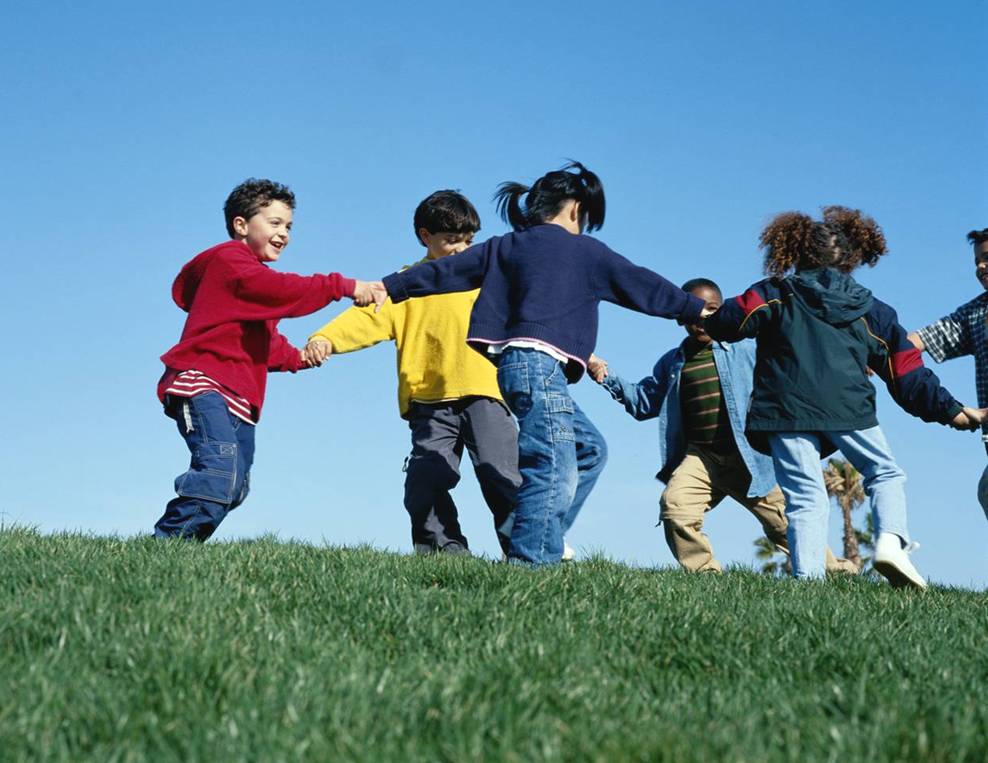Neural plasticity and treatment across the lifespan for motor deficits in cerebral palsy

Kids playing. Anca Serbanescu, flickr
George F Wittenberg PhD, Baltimore VA Medical Center Geriatric Research, Education and Clinical Center, Baltimore MD, USA, Developmental Medicine & Child Neurology October 2009
The past decade of research in neuroscience and stroke rehabilitation has demonstrated that the adult brain is capable of recovery through physiological processes (often called plasticity). Some of the recovery is spontaneous and some is a result of experience, including interventions such as physical therapy, which probably enhance or activate changes in brain structure and function.
There is virtually no literature on physiological changes in the brains of children or adults with cerebral palsy (CP) after an intervention. It is unclear whether the principles of plasticity that have been deduced from animal models of stroke might also apply to children and adults with CP. But children with CP should have the potential to respond to experience in a similar way to adults, with the additional potential of regulation of neuronal development in response to injury. This article describes mechanisms of plasticity and a rehabilitation strategy to preserve the substrates for motor control in CP and then to apply later therapies for more refinement of motor control.
Recent developments in neuro-rehabilitation have been stimulated by information on neuronal recovery processes and their modulation by various physical and pharmacological interventions. A growing body of evidence demonstrates that the human brain is capable of recovery after an injury through the ability of neurons and other brain cells to alter their structure and function (plasticity) in response to a variety of external and internal pressures, including behavioral training. From decades of basic neuroscience research, including animal models of stroke, neuroscientists have determined many principles of activity-dependent plasticity that may mediate recovery and rehabilitation outcomes in the damaged brain.
Because much of the basic research has come from animal models of stroke, a critical question is how generaliz- able these principles are to treating other neurological disorders resulting from brain injury. The brain injury resulting in cerebral palsy (CP) occurs early in neuro-development, whereas stroke generally occurs late in adult life. Thus, there is a difference not only in age at time of injury but also in the timing of the injury relative to treatment.
There is every reason to believe that plasticity is greater in the developing brain than in the mature brain; however, plasticity should be present in adults with CP just as it is in adults with stroke. If the processes underlying neuroplasticity were better understood, they might be enhanced and accessed by therapies administered throughout the lifespan. These might include physical therapy, such as task-specific training; pharmacological treatments, such as neuronal growth factors; and electrical methods, probably in combination.
| References |
Neural plasticity and treatment across the lifespan for motor deficits in cerebral palsy, Wittenberg GF. Dev Med Child Neurol. 2009, 51 (Suppl. 4): 130–133 130 DOI: 10.1111/j.1469-8749.2009.03425.x
| Further reading |
The Case for Musical Instrument Training in Cerebral Palsy for Neurorehabilitation, Alves-Pinto A, Turova V, Blumenstein T, Lampe R. Neural Plast. 2016;2016:1072301. doi: 10.1155/2016/1072301. Epub 2016 Oct 27. Full text
Discussion on possibilities for therapeutic intervention in children and adults with motor disorders, Hadders-Algra M, Gramsbergen A. Neural Plast. 2001;8(1-2):141-55. doi: 10.1155/NP.2001.141. Full text
